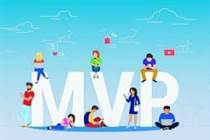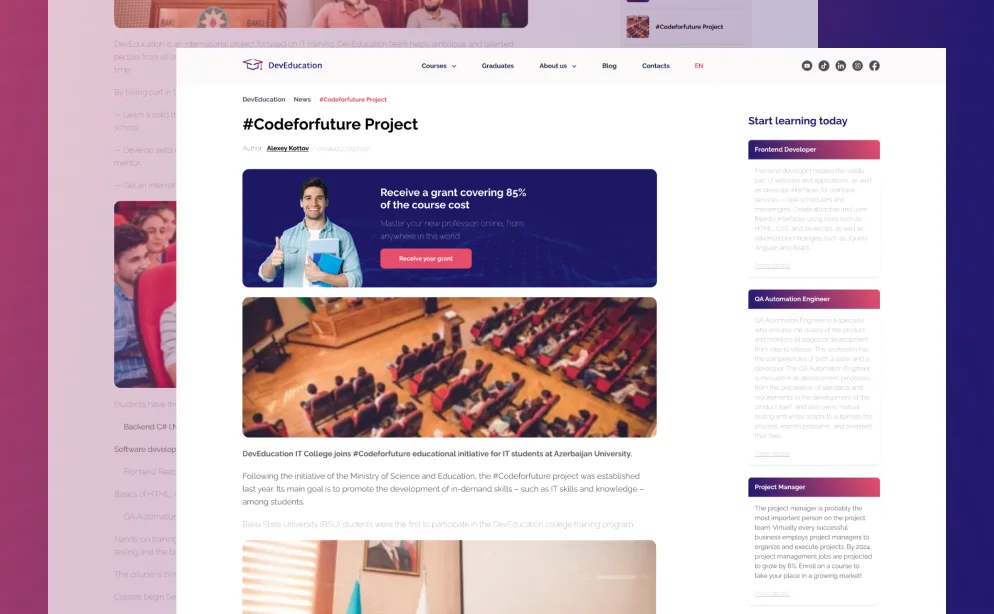During each sprint, the development team works on a specific set of features or requirements, which are prioritized based on customer feedback and business value. Agile project management requires a cross-functional, self-organizing team that typically consists of five to nine members. Together, they develop a workable piece of software during each sprint, which combines with other https://www.globalcloudteam.com/ functional code from previous iterations. By the end of the sprint timebox, the team demos their work to stakeholders for feedback, allowing them to be flexible in their approach to software development. Since the team has access to frequent feedback, they can adapt the product roadmap during the development lifecycle to ensure that functionality truly meets user expectations.

The actual project organization needs to be highly structured. Most medium and large projects will include a detailed set of procedures and controls, which regulate every process on the project. Another approach to software development is the Agile methodology.
Introducing the Waterfall Methodology
So, there is a high chance of bugs to be found later in the development where they are expensive to fix. Every project phase is documented in detail to eliminate misunderstandings and shortcuts. At this stage, the developers try to find a suitable form to meet all the customer’s requirements. The selection of a certain methodology depends on the particular project and the company that performs it.
Agile is a software methodology designed for flexibility and adaptation. Agile development teams work in short sprints to develop different elements of a software product. Small teams test the features and receive input from the client, other internal teams, and user testing to see what works and what they can improve. Agile and Waterfall are two well-known project management methodologies.
Work Management
In Agile, since the duration is split into multiple sprints, customer gets frequent opportunities to look at the product and thereby, take decisions regarding acceptance criteria and changes to be performed. This level of structuredness demands clearly defined requirements and milestones to work, or the final product won’t be anywhere near the customer’s expectations. After the plan is approved and a model is designed, features of agile methodology the execution starts, and there is essentially little space for going back and making any revisions unless it’s essential. Agile methodology, that is more modern and has been designed by software developers. Waterfall, a traditional, linear methodology initially developed for hardware development. Thus the waterfall model maintains that one should move to a phase only when its preceding phase is reviewed and verified.
- The two methodologies also have different approaches to testing.
- Development teams will be less resistant to detailed product requirements documents and design specifications since that’s what’s expected.
- Agile is a software methodology designed for flexibility and adaptation.
- It requires candor to have difficult conversations regarding what’s right for the program and the product.
- To deliver quality software in a manner that works for your organization, let’s compare Waterfall, Agile and DevOps.
- For example, in Scrum, the whole project is divided into different phases that need to be planned and completed separately.
- Whether an organization uses waterfall or Agile, product roadmaps still have an important role to play.
In Scrum, for example, the development team should hold Sprint review meetings with customers and present the result of the Sprint they just passed. The project team and customers also discuss how valuable the current increment is to the end product, assess its quality, and determine future plans. By nature, Agile is more dependent on customer feedback, so it demands customers be more involved in the project. The most typical example is when after an increment of the product is delivered to the customer, they are expected to review the result and provide the development team with their opinion.
Customer Stories
Testers can prepare test scripts from requirements documentation while coding is underway. In a true Waterfall development project, each of these represents a distinct stage of software development, and each stage generally finishes before the next one can begin. There is also typically a stage gate between each; for example, requirements must be reviewed and approved by the customer before design can begin.

As a project manager, it is your responsibility to select the appropriate approach based on your team’s needs and the project’s characteristics. Net Solutions is a strategic design & build consultancy that unites creative design thinking with agile software development under one expert roof. Founded in 2000, we create award-winning transformative digital products & platforms for startups and enterprises worldwide. Planning ahead and sticking to a rigid structure makes perfect sense when you’re building a house or manufacturing a physical product, that’s for sure. After all, if you’re halfway finished with a house and decide you want a bigger kitchen and a smaller guest room, you’ve got to tear down some of the work you’ve done and start over on those areas. Most importantly, teams shouldn’t marry themselves to any methodology.
The two methodologies are considered opposites, but where do all the differences lie?
Both of them are popular in software development but each is best suited for different types of projects. The waterfall project management approach follows a linear, sequential formula. It works well for work that has predictable, recurring processes, yet it can leave development teams flat-footed and unable to adjust faster than a competitor. The waterfall project management approach entails a clearly defined sequence of execution with project phases that do not advance until a phase receives final approval.
In this article, we’ll examine how technical documentation is tackled in each methodology and what their benefits and drawbacks are. The choice of the methodology that your company follows can determine the success of your projects, so it’s vital to find a management style that suits your needs. Davor is a content marketing expert who loves writing about project management, productivity, and remote work.
Agile versus Waterfall Project Management: Decision Model for Selecting the Appropriate Approach to a Project
It will require hiring, paying, and possibly training that staff. While neither approach is detrimental to any part of the organization, different groups and stakeholders may prefer Agile or waterfall. Agile and waterfall differ in many ways, but the most significant deltas pertain to oversight, processes, documentation, and timing.
That means team members need to be confident in each other’s ability to execute on the decisions made during those conversations. The development team can only accept work that it has the capacity for. The product owner doesn’t push work to the team or commit them to arbitrary deadlines. The development team pulls work from the program’s backlog as it can accept new work.
What is the Agile methodology?
The high degree of customer involvement may present problems for some clients who may not have the time or interest in this type of participation. The cost of implementing the methodology is a little more compared to other methodologies. The method insists on testing through every phase of the project.
